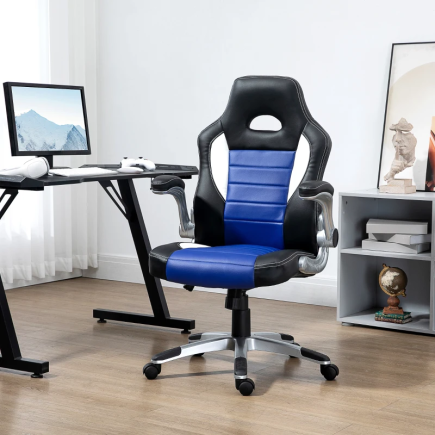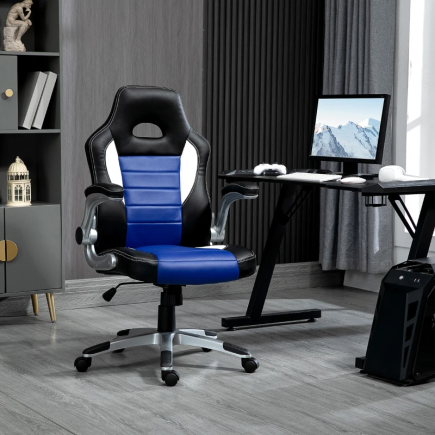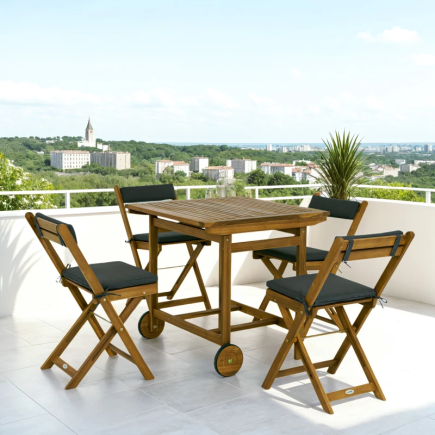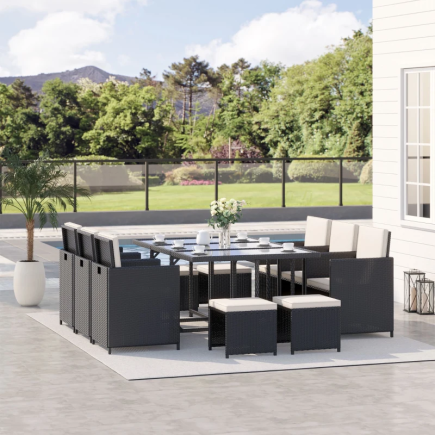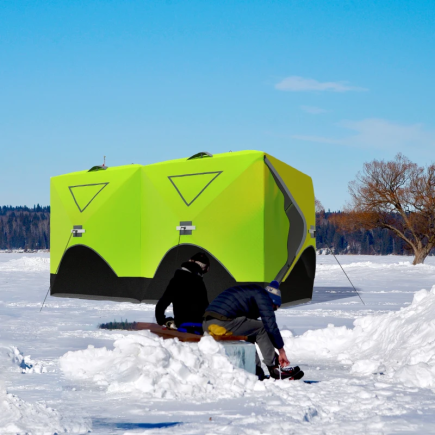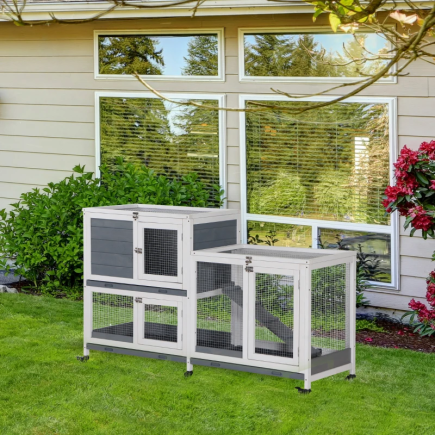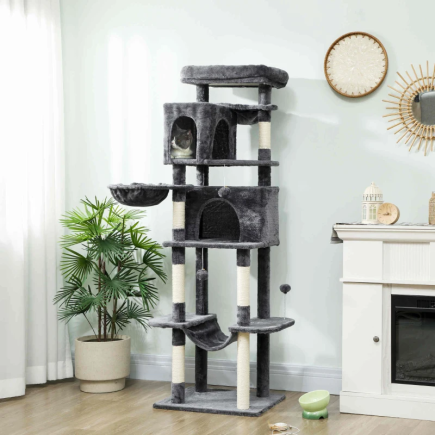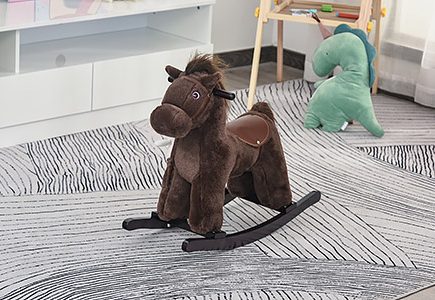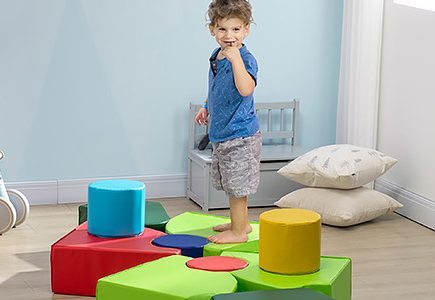
Hosting a buffet on your kitchen island is an elegant and efficient way to serve guests without overwhelming your dining area. With clever planning and beautiful presentation, you can transform your island into a stylish self-serve station that’s perfect for brunches, dinner parties, or festive gatherings.
1. Prepare Your Kitchen Island Surface
Before bringing out the food, start with a clean, clutter-free foundation. A well-prepared surface not only enhances presentation but also keeps the serving area hygienic and practical.

Steps to Get the Island Ready
- Clear everything off: Remove small appliances, décor, and countertop clutter to free up space for dishes and trays.
- Wipe and sanitize: Clean the surface with a mild cleaner and dry it thoroughly before setting up food.
- Protect the surface: Use a table runner, linen cloth, or heat-resistant mats to prevent scratches and stains.
- Adjust the lighting: Ensure the area is well-lit but soft, pendant lighting or warm overhead bulbs create a cozy, inviting glow
- Keep refills nearby: Store extra plates, napkins, or serving pieces in the island’s lower cabinets for quick restocking.
Starting with a clean and polished island creates the perfect base for your buffet display.
2. Plan the Layout and Guest Flow
A buffet should be intuitive and easy to navigate. Planning the layout helps guests serve themselves comfortably while keeping traffic flowing smoothly.

Smart Layout Planning
- Arrange in order: Begin the line with plates and utensils, followed by main courses, sides, salads, and end with desserts or drinks.
- Create one-way movement: Design the flow so guests move in a single direction, ideally clockwise to prevent bottlenecks.
- Match your island’s shape: For a rectangular island, use one side for serving and the opposite for guests. If you have a large island, divide it into zones such as food, beverages, and desserts.
- Space out dishes: Leave gaps between serving platters for easy access and movement.
- Consider guest count: The more guests you expect, the more important it is to provide space around each section.
A well-organized layout allows everyone to serve themselves efficiently while keeping the buffet visually balanced.
3. Set Up Plates, Napkins, and Cutlery
Make sure guests have everything they need at the start of the buffet line. This prevents backtracking and keeps the process smooth.

How to Arrange the Essentials
- Plates: Stack them neatly at the beginning or use a plate stand to save counter space. Always have extra plates ready nearby.
- Cutlery: Roll forks, knives, and spoons into napkins for a tidy look or place them upright in baskets or containers.
- Napkins: Choose cloth or paper napkins that complement your décor theme. Keep additional napkins at the dessert or drink stations for convenience.
- Special dishes: If you’re offering soup, salad, or dessert, provide smaller bowls and plates separately with their own utensils.
Organizing these items first helps set the tone for a smooth and enjoyable dining experience.
4. Organize and Display the Food
The food presentation is the heart of your buffet setup. A thoughtfully arranged spread makes serving effortless and enhances the overall dining experience.

Effective Food Arrangement Tips
- Group similar dishes: Place proteins, sides, and vegetables in logical order to help guests build balanced plates.
- Start with hot items: Serve hot dishes first, followed by cooler foods and salads.
- Add visual height: Use risers, trays, or tiered stands to create dimension and prevent a flat layout.
- Label dishes: Small name cards or chalkboard labels make it easier for guests to identify food, especially if you’re serving multiple cuisines or dietary options.
- Keep serving utensils handy: Assign a dedicated spoon or tongs to each dish to avoid cross-contamination.
- Add condiments and sauces nearby: Keep dips, dressings, or gravies in smaller bowls beside their corresponding dishes.
A visually layered buffet feels both professional and welcoming, guests will appreciate the convenience and presentation.
5. Include Beverages and Desserts
To prevent crowding, position your beverages and desserts slightly apart from the main buffet. This encourages guests to revisit for refills and sweets without disrupting the food line.

Creating a Beverage and Dessert Station
- Designate a separate zone: Use the end of the island or a side table for drinks.
- Beverage setup: Offer a mix of options, sparkling water, juices, coffee, wine, or cocktails. Use beverage dispensers for easy self-service.
- Chill drinks properly: Keep cold drinks in ice buckets or coolers and provide mugs or glasses nearby.
- Dessert presentation: Arrange sweets like cakes, pastries, and fruits on tiered trays or elevated stands. This saves space while adding visual appeal.
- Add utensils and napkins: Keep dessert forks, spoons, and small plates close for easy access.
Separating these sections keeps traffic flowing and allows guests to enjoy desserts and drinks at their own pace.
6. Maintain Food Temperature and Freshness
Maintaining the proper temperature ensures food stays safe, delicious, and visually appealing throughout the event.

Tips for Keeping Food Just Right
- Hot foods: Keep items like casseroles, meats, or pasta warm using chafing dishes, hot plates, or slow cookers.
- Cold foods: Serve chilled salads, fruits, or desserts on ice trays or cold platters.
- Refill gradually: Instead of placing everything out at once, bring out smaller portions and replenish as needed.
- Cover lightly: Use lids or foil covers to retain temperature and protect against contamination.
- Monitor regularly: Assign a quick check every 20–30 minutes to ensure everything stays fresh and at the right temperature.
This simple attention to detail keeps your buffet looking and tasting great from start to finish.
7. Decorate Your Buffet Island
Décor ties the entire setup together and gives your buffet a polished, festive touch. Aim for simplicity, let your food remain the focal point.

Styling Tips for a Cohesive Look
- Add simple centerpieces: A vase of fresh flowers, greenery, or candles can make the space feel more inviting.
- Coordinate colors: Match runners, napkins, and dishware for a cohesive look. Seasonal tones or natural materials like wood and linen work beautifully.
- Use natural textures: Add warmth with wooden serving boards, ceramic platters, or woven baskets.
- Mind the space: Keep décor low-profile so guests can reach everything easily.
- Lighting matters: Adjust overhead lights to a soft glow for a cozy dining atmosphere.
A few well-placed decorative accents can turn your kitchen island into a stunning buffet display that complements your food beautifully.
8. Manage Flow and Clean-Up
An organized clean-up strategy helps maintain order during the meal and makes post-event tidying quick and stress-free.

Hosting and Clean-Up Tips
- Guide the flow: Use small “Start Here” or “Dessert” signs to direct guests if needed.
- Provide a spot for used dishes: Keep a tray, cart, or separate counter nearby for finished plates.
- Discreet trash and recycling: Place bins nearby but out of sight to maintain aesthetics.
- Wipe as you go: Keep a cloth or wipes handy to manage minor spills or crumbs.
- Clear in stages: Remove empty trays and refill or clean as necessary. Once guests are done, wipe down the island promptly.
Staying proactive keeps the area neat, prevents clutter, and allows you to enjoy your gathering without feeling overwhelmed.
Turn Your Kitchen Island into a Buffet Centerpiece
Give your Kitchen Island a fresh purpose by turning it into a beautiful self-serve buffet. With thoughtful layout planning and a few elegant décor accents, you can create the perfect setup for effortless entertaining and memorable gatherings.
FAQs
1. How can I prevent my buffet from looking overcrowded on a small kitchen island?
Use multi-level stands and compact serving trays to create vertical space without cluttering the surface. Keep only a few key dishes out at a time and refill as needed. This approach keeps the layout open, elegant, and easy to navigate.
2. What’s the best way to manage guests with different dietary preferences?
Label dishes clearly with icons or small tags indicating vegetarian, vegan, gluten-free, or nut-free options. Group similar dishes together so guests can find suitable choices easily without confusion or cross-contamination.
3. How do I keep my buffet setup looking fresh throughout the event?
Replace used serving utensils and tidy up spills or crumbs regularly. Rotate in new dishes or garnishes halfway through the event to refresh the presentation. A quick visual check every 20 minutes helps maintain an appealing, organised display.







